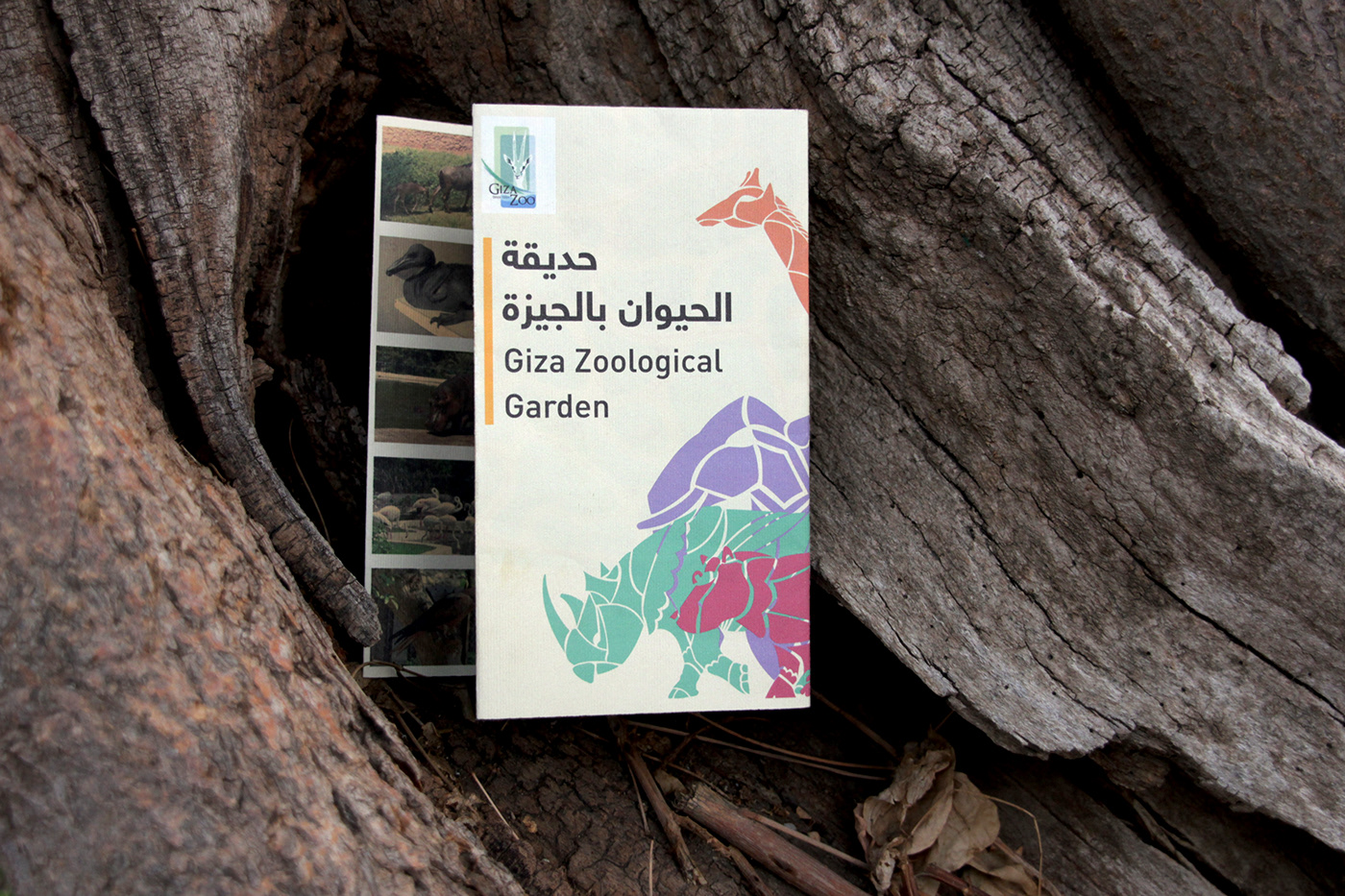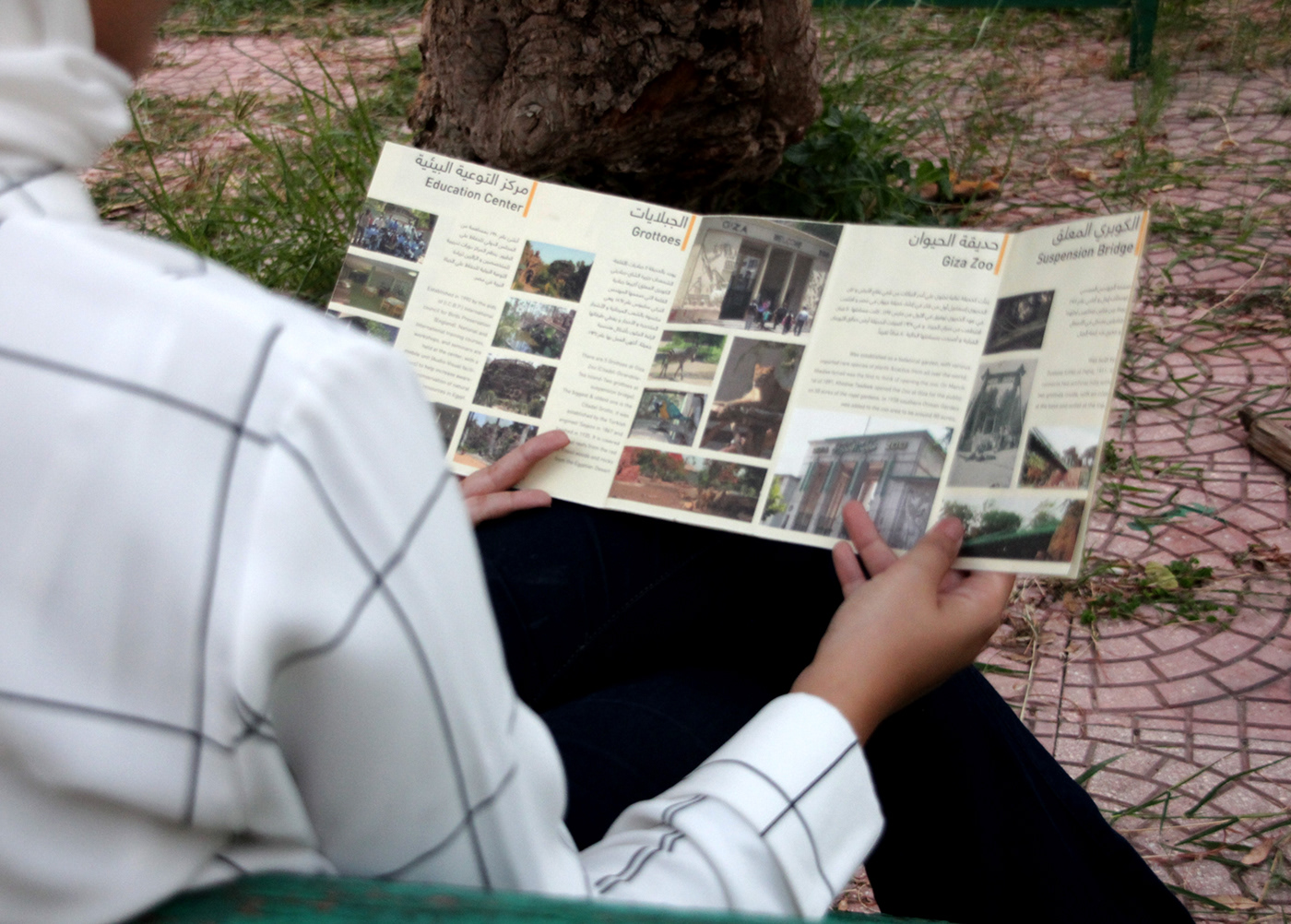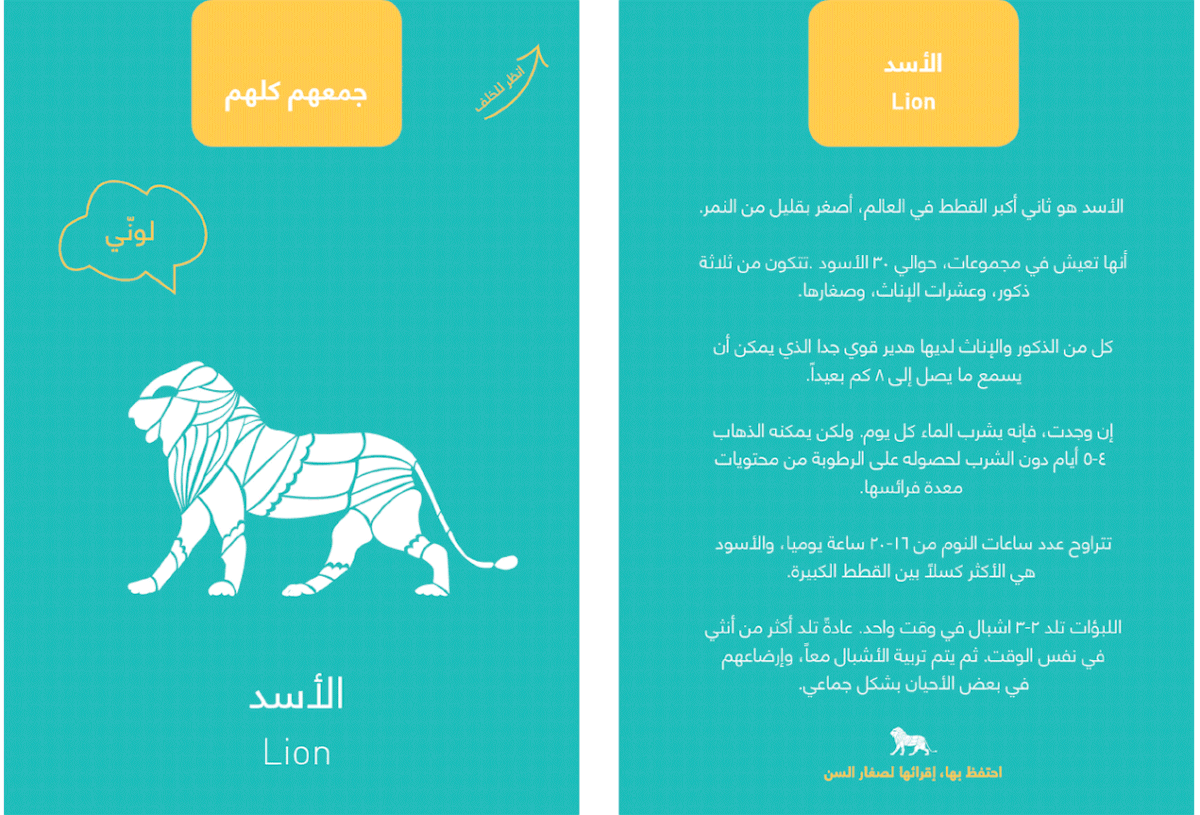
Sign and Way-Finding systems are crucial for every facility in
order to have a proper navigational system.
It plays an important role in facilitating the journey and aims to enhance visitor’s orientation
and circulation, and if not implemented properly they may on the contrary
cause confusion, discomfort and even disorientation.
The Giza Zoo in Egypt is similar to any other facility that would definitely need
the aid of a proper, simple and systematic Way-Finding system to make the experience
more enjoyable and meet the expectation of visitors.
In this project, the objective was to create a model Way-Finding
system in the Giza Zoo that would work as a design solution for the
problems the visitors face, enhance their journey, make it memorable
and flow smoothly.



To be able to understand what every visitor goes through during their visit at the zoo, I had to visit the Zoo itself multiple times just to properly grasp what they deal with,
what could cause confusion. And how is it possible to adjust the Signage that would lead in up-lifting the journey. Also I had to observe the visitors, their demographics,
how do they behave and as well conceive the zoo and its surrounding.

To properly grasp what is in the minds of the visitor of the zoo, a survey was conducted and distributed amongst them in the zoo itself, to try to gain as much
insight about their opinions and need as possible. The Survey is composed of 13 questions , 12 of which are multiple choice to make it more easy for people and quick as well so they won’t lose interest or get bored I chose Arabic for the language as the majority of visitors speak Arabic. I personally distributed the survey as most of the crowd are illiterate or have low educational statues so I wanted to make it easier for them as well as the children and old people.
This survey was distributed amongst 60 people.










- HandHeld Map -


Map Half Opened - Back

Map Half Opened

Map Half Opened - Front

Map Inside




Map Half Opened - Back
- Directional Signs -


The animal signs and its direction should be big enough as it is the most important thing to be glanced in just seconds.
When it comes to the Exhibit signs, the attempts aimed to show the information concerning the animals in a fun and attractive way, and as visual as possible. So illiterate people as well as children would easily grasp the information, enjoy it and remember it later on.


The final outcome for the directional signs mainly consisted of a big visible sign of a solid color that would be easily seen from a distance.



The final outcome for the exhibit sign included important information about the animal but in a fun way. It mainly consisted of visuals that aids in
the ease of understanding of the information as well as to be suitable for different target groups.


- Educational cards -


As conducted through the survey, nearly half of the zoo visitors do not learn any new information about the animals. Although the zoo itself is supposed to be an educational place where children and adults learn more about animals and get to know new information.
In order to solve this problem, pocket information cards were designed, with a slogan “Collect them all” which encourages children to collect all the cards specially as the animal on the card is made for coloring. This design aimed to grab the children attention to collect all the cards or as many as they could, and then later on they themselves or their parents should read it to them. Even a note was added so that parents remember to tell their children these information.








